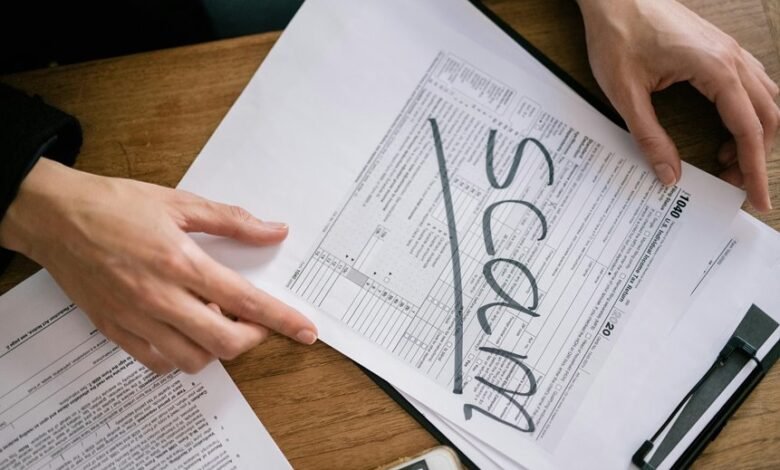Hotline Fraud Investigation Caller Protection Center 3274478431 3510544016 3716761502 3444066816 3382359949 3808966882

The Hotline Fraud Investigation Caller Protection Center addresses the growing concern surrounding hotline fraud, particularly with numbers like 3274478431 and 3510544016. These numbers are often linked to deceptive practices that exploit unsuspecting individuals. By implementing caller verification protocols, the center aims to enhance public awareness and understanding of these threats. However, the question remains: how can individuals effectively discern between legitimate calls and potential scams?
Understanding Hotline Fraud and Its Impact
Hotline fraud, a pervasive issue affecting various sectors, involves the misuse of anonymous reporting systems designed to expose wrongdoing.
This exploitation undermines hotline awareness and hinders effective fraud prevention efforts.
By manipulating these channels, fraudsters not only compromise the integrity of the systems but also deter genuine whistleblowers, ultimately threatening organizational accountability and transparency.
Understanding this phenomenon is crucial for safeguarding reporting mechanisms.
Identifying Common Scams Associated With Suspected Numbers
How can organizations effectively recognize the various scams associated with suspected numbers?
By analyzing known scam types, such as phishing and lottery fraud, organizations can identify common caller tactics, including urgency and intimidation.
Establishing databases that track these patterns allows for a systematic approach to flagging suspicious calls, ultimately empowering individuals to discern legitimate communications from deceptive solicitations, thus safeguarding their autonomy.
Recognizing Red Flags of Fraudulent Calls
What characteristics often signal a fraudulent call? Anomalies in caller ID, such as unfamiliar numbers or spoofed identities, frequently indicate potential scams.
Additionally, high-pressure tactics, unsolicited offers, and requests for personal information heighten scam awareness. Legitimate organizations rarely demand immediate action or sensitive data over the phone.
Recognizing these red flags is crucial for maintaining personal security and safeguarding against fraud.
Steps to Protect Yourself From Hotline Fraud
While many individuals may believe they are well-informed about potential fraud risks, implementing effective protective measures is essential to minimize exposure to hotline scams.
Establishing caller verification protocols can significantly reduce vulnerability. Additionally, individuals should remain vigilant, avoiding sharing personal information without confirmation of identity.
Regularly updating security practices and educating oneself about evolving fraud tactics further fortifies defenses against potential threats.
Conclusion
In an age where trust is often overshadowed by deceit, the vigilance fostered by the Hotline Fraud Investigation Caller Protection Center becomes paramount. By understanding the intricacies of hotline fraud and recognizing the telltale signs of scams, individuals can fortify their defenses against potential threats. Ultimately, the battle against fraud is not merely about safeguarding personal information; it is a collective endeavor to reclaim the integrity of communication and restore faith in the systems designed to protect us.




